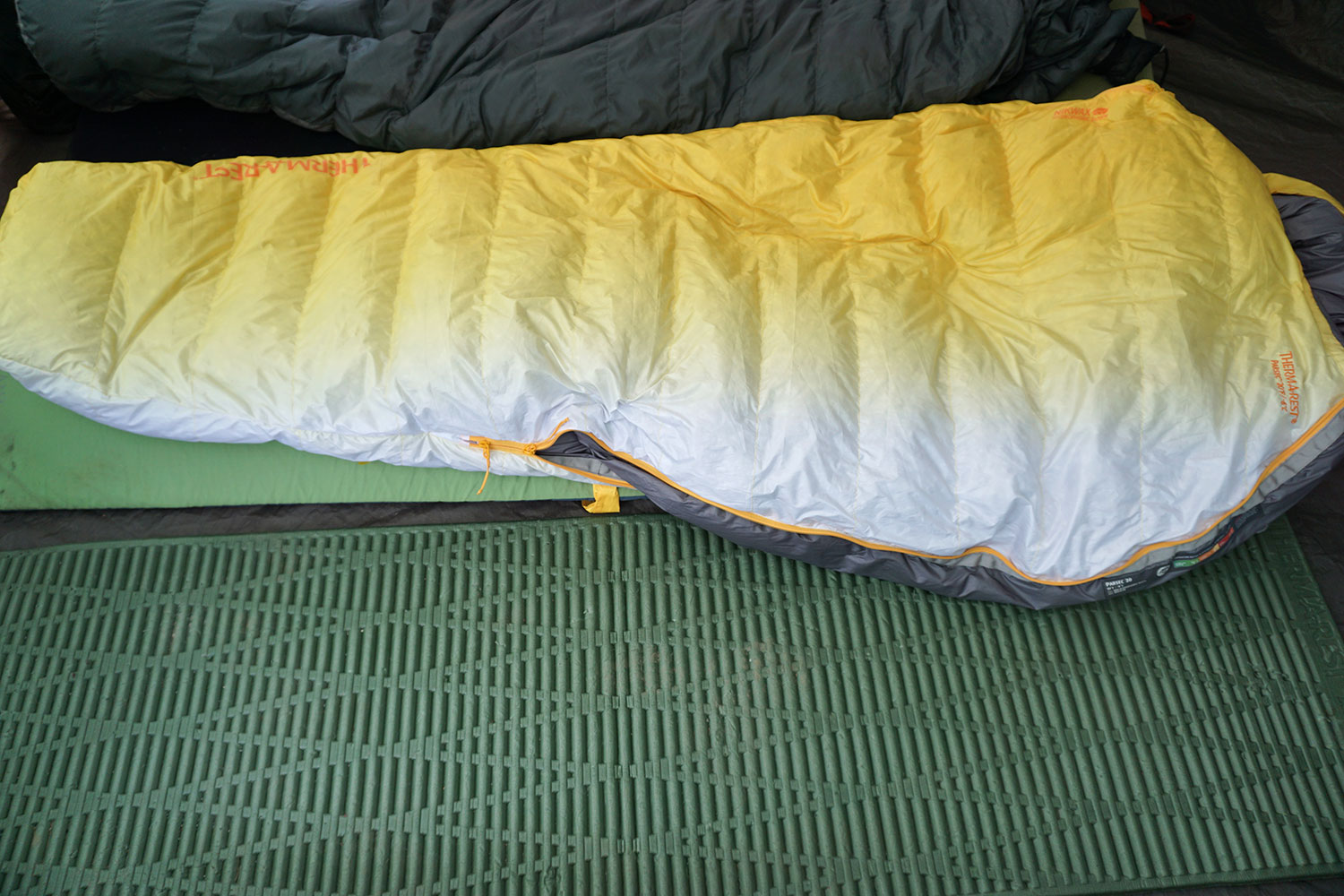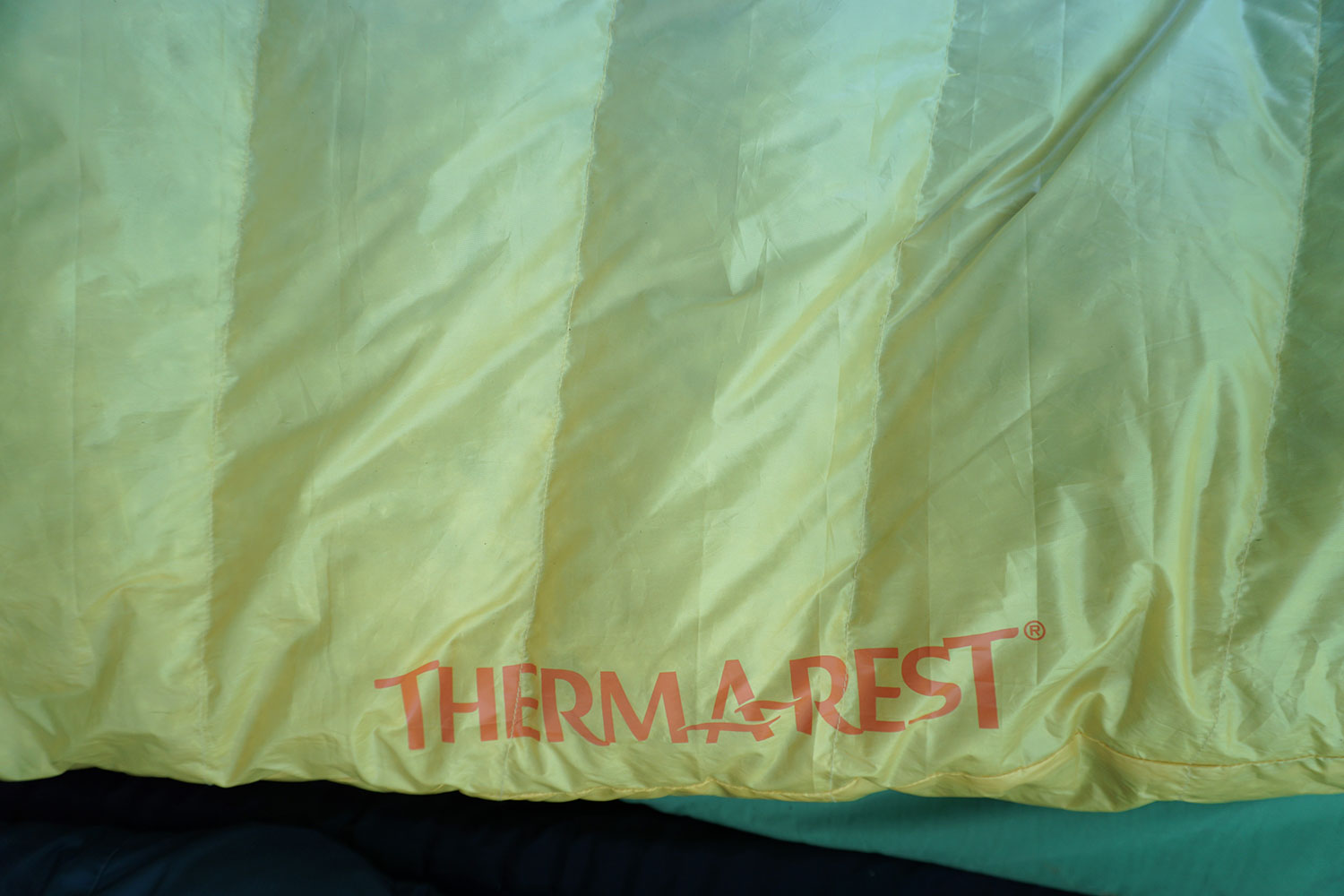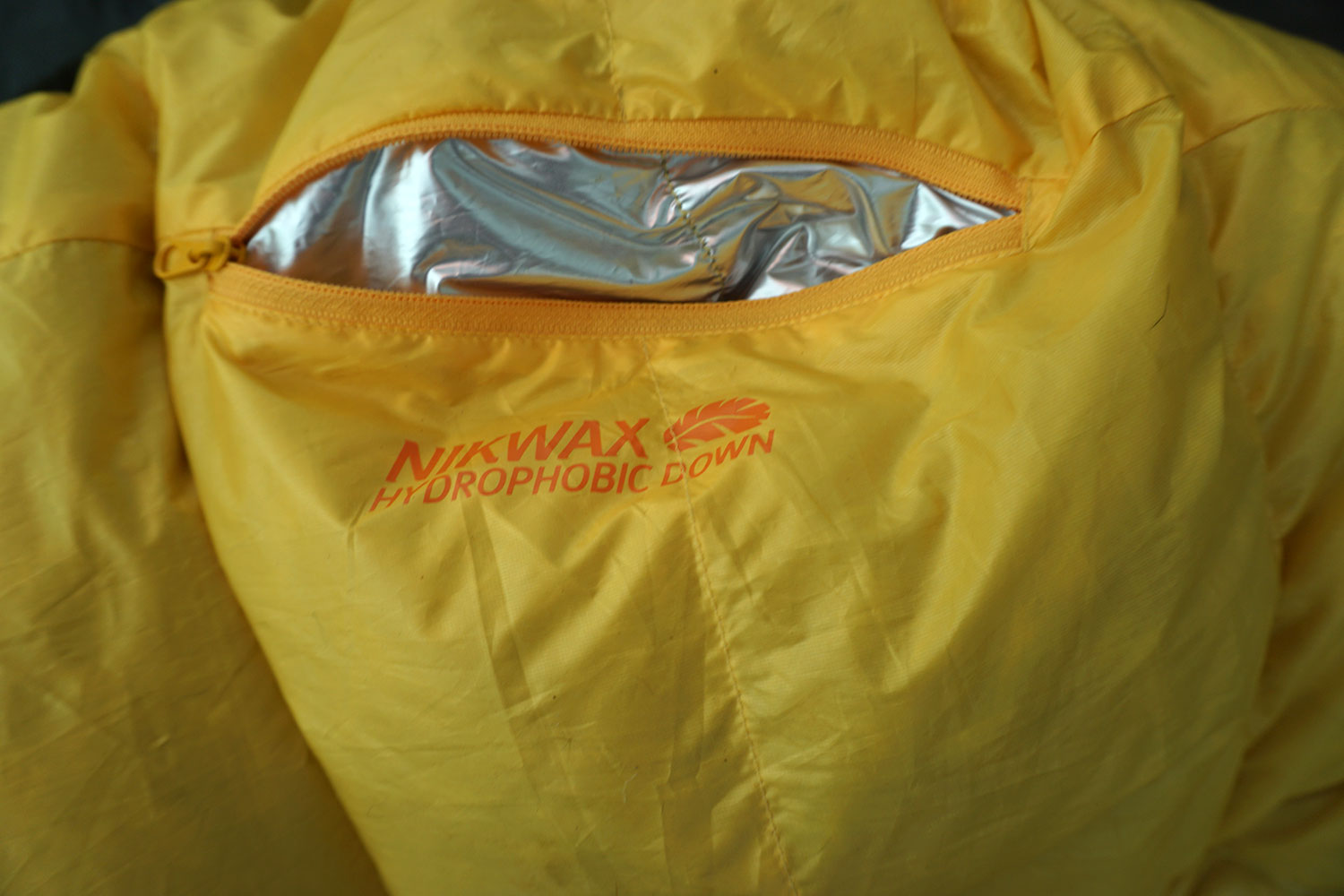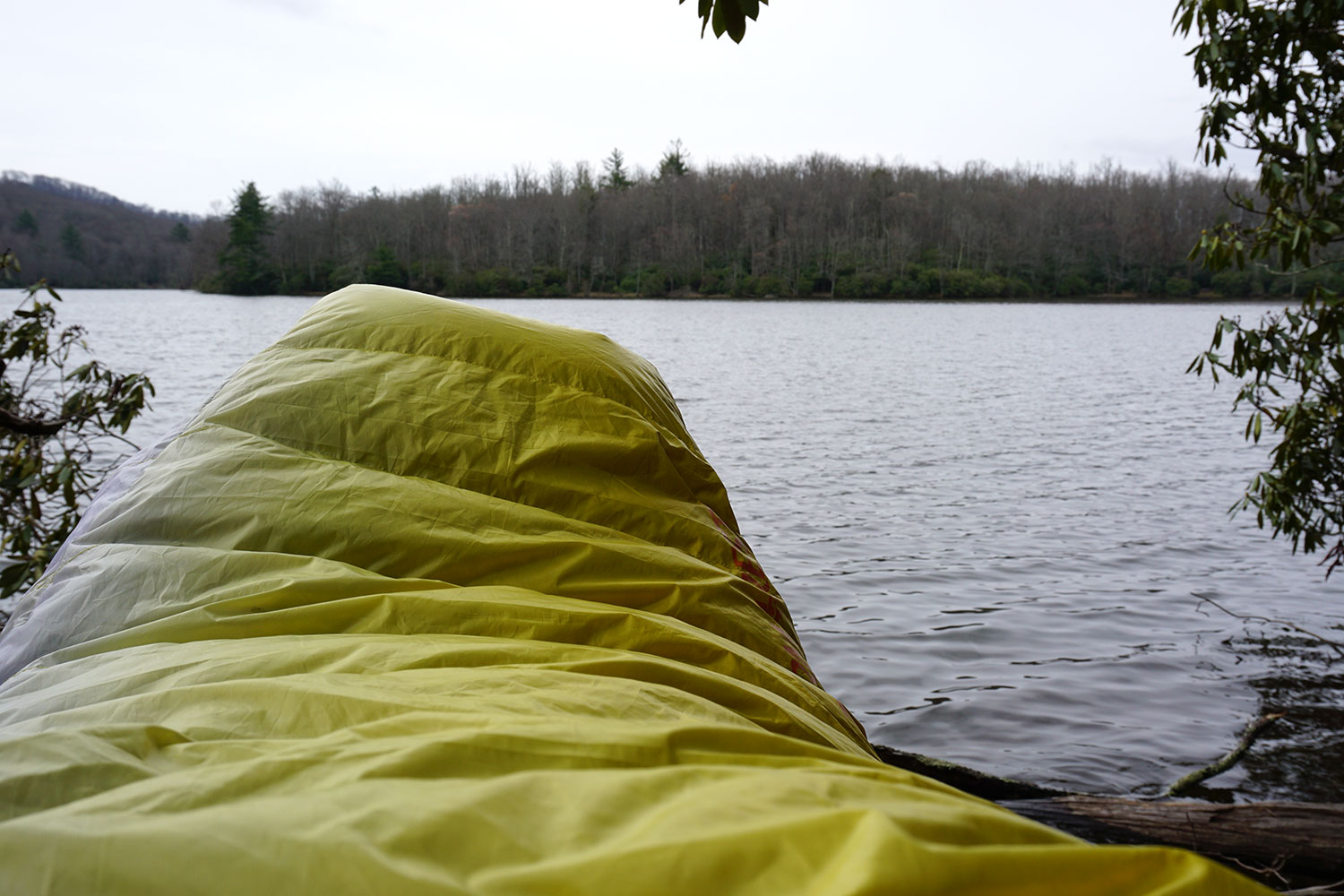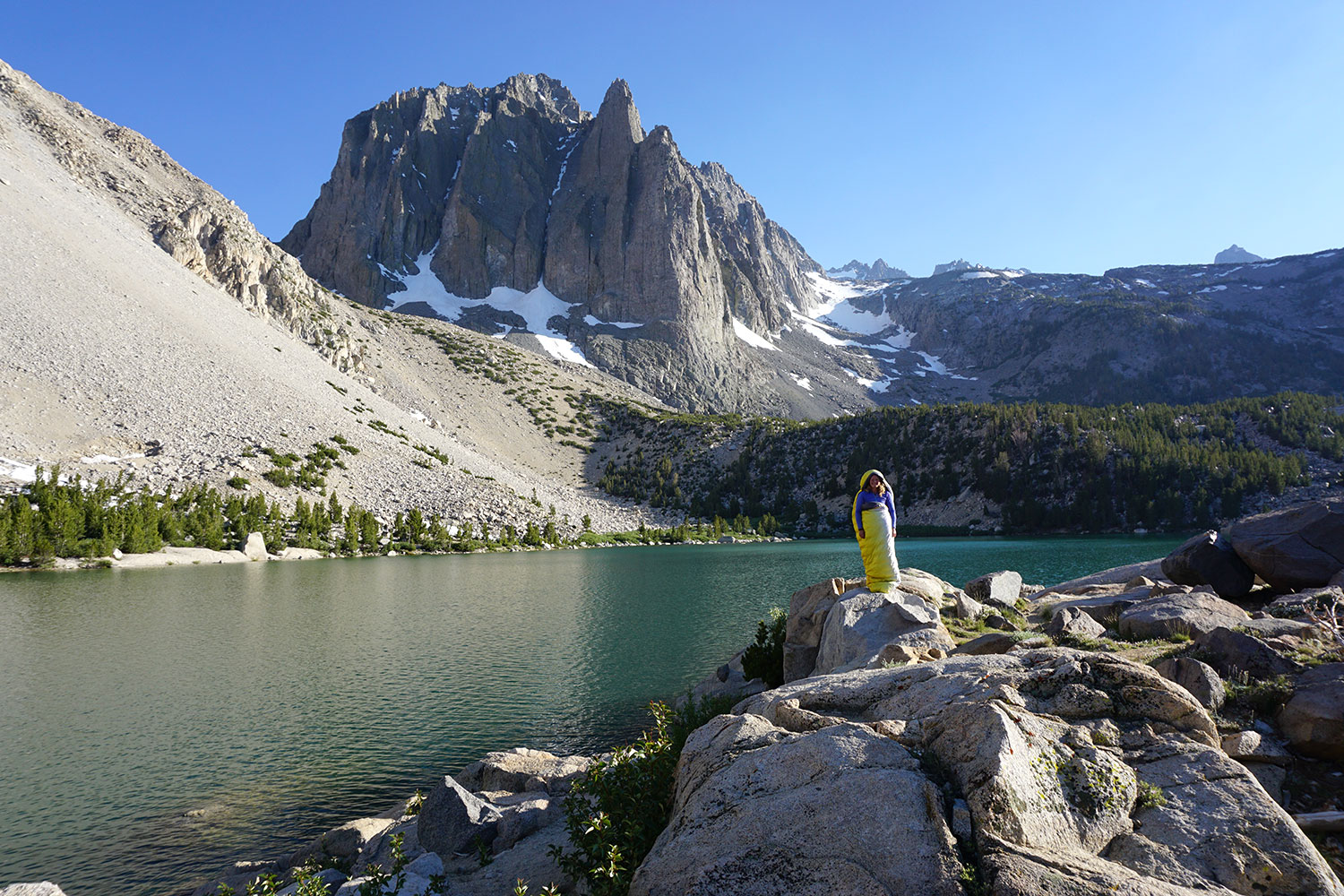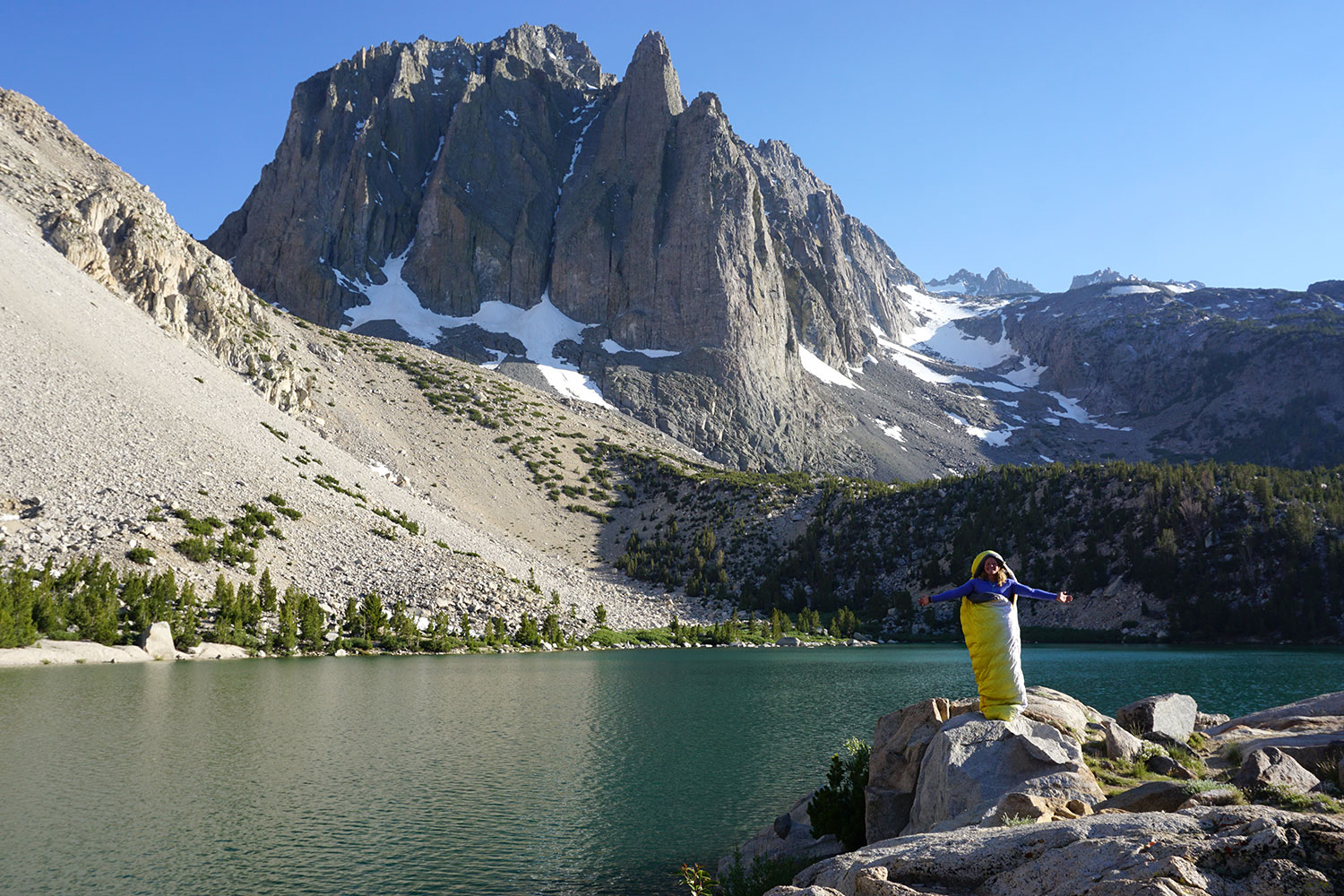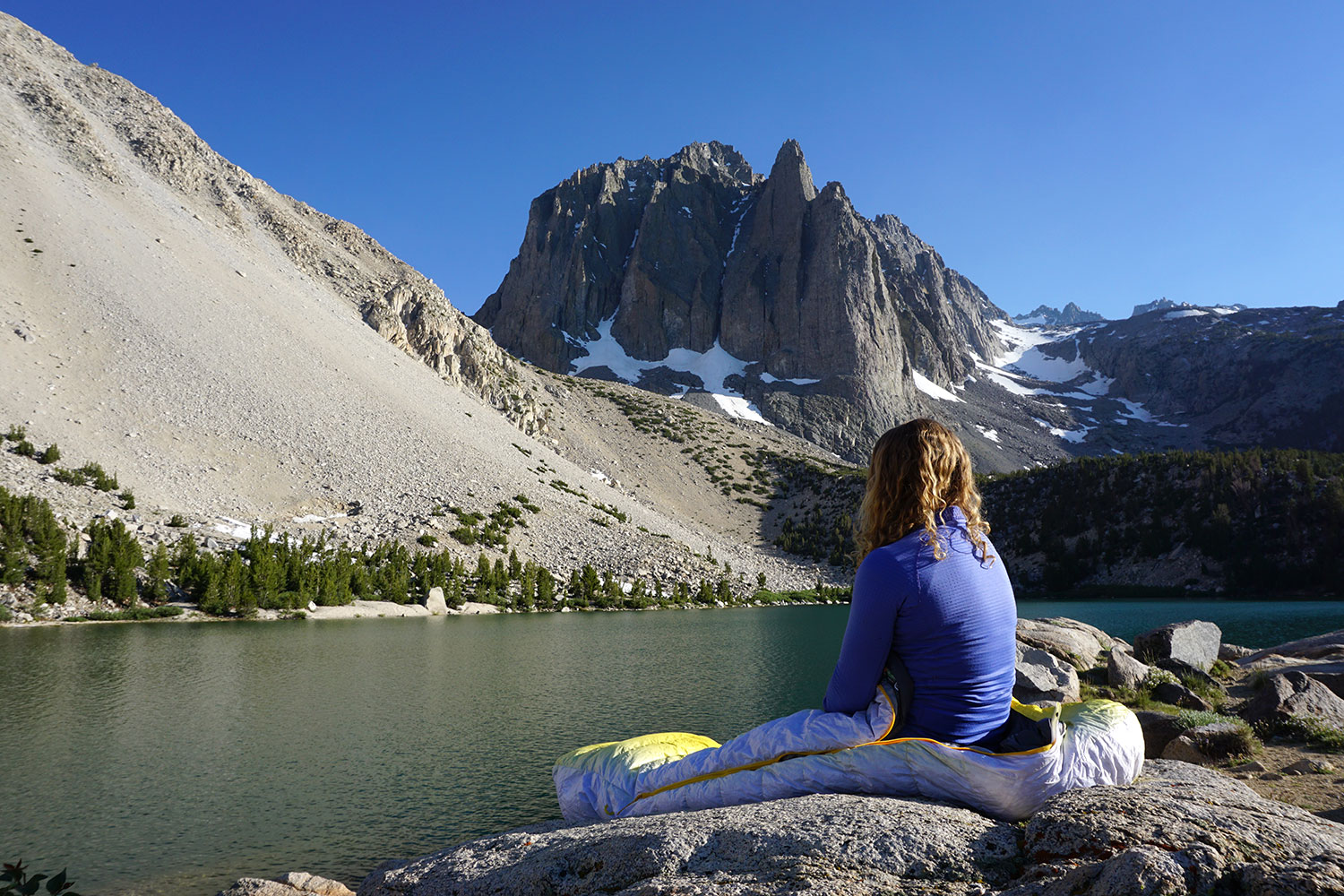Therm-a-Rest is an outdoor gear company with one goal: To help you sleep better so that you can play harder in the backcountry. The company is renowned for its comfortable, versatile, and durable outdoor mattresses, but its inventory also includes pillows, tents, hammocks, cots, and sleeping accessories.
In the outdoors, nothing is more valuable than a good night’s sleep, whether you’re climbing a mountain, shredding the slopes, or backpacking through the wilderness. In the past, Therm-a-Rest has designed sleeping bags for camping, trekking, and travel, but its Fast & Light line is new for 2018.
The line includes four different mummy bags meant for expeditions in any environment. On one end of the spectrum, the Space Cowboy caters to summer campers, while the Polar Ranger is equipped to conquer the most extreme conditions. Then there’s the Oberon for mountaineers, skiers and adventurers that push deep into frigid backcountry winters. Finally, we come to the Parsec 20, which serves as the perfect all-around sleeping bag bred for alpine starts and ultralight bivys. We took the Parsec 20 to the High Sierras to test its performance in rugged alpine conditions.
Form matches function
Alpine environments bring frigid nighttime temperatures, but you don’t want an ultrawarm sleeping bag that’s only useful in limited circumstances. When you’re traveling light and fast, the extra weight of the warmest bags can really weigh you down. The Parsec 20 offers more of a happy medium, with its 20-degree Fahrenheit EN rating making it cozy enough for alpine expeditions but still useful in warmer weather. This versatile product boasts an excellent warmth-to-weight ratio and some highly desirable bonus feature. Therm-a-Rest stuffs the Parsec 20 with 800-fill Nikwax hydrophobic down, which dries three times faster than untreated down and will perform well in wet conditions. The Nikwax hydrophobic treatment is not just practical — it’s also good for the environment with its water-based formula that’s fluorocarbon-free.

How did Therm-a-Rest make its sleeping bags as warm as they are light? The answer lies in the company’s proprietary ThermaCapture lining, which is an extremely lightweight reflective coating applied to the backside of the inner lining of the sleeping bag. It boosts warmth by reflecting radiant body heat back to your body with no added weight or bulk.
The Parsec 20 comes with both a storage sack and compression sack.
A multipurpose mummy bag needs to fit the body snugly but not too tightly, and provide for just enough warmth in all the right places. Therm-a-Rest achieves this with zoned insulation, which maximizes warmth and saves weight by intentionally placing the down fill where you need it most. Sixty percent of the fill is incorporated into the top half of the bag, where the body tends to feel the coldest, and forty percent into the bottom half. An adequate sleeping pad provides for insulation from the ground, meaning your sleeping bag needs less insulation on the bottom.
This design is also economical — insulation on the bottom of your sleeping bag is compressed by your body, making it less efficient than insulation that can loft. In this way, Therm-a-Rest’s zoned insulation provides for the ultimate warmth-to-weight ratio. Do your toes get cold while sleeping? The Parsec 20 features Therm-a-Rest’s Toe-asis footbox, which is a toe box that wraps your feet in a pocket of warm down — serving to eliminate this common issue.
Additional features include a heat-trapping draft collar, full-length zipper draft tubes, a differential cut, snag-free zipper, cinchable hood, and an external zip pocket for stashing essentials. One of the sleeping bag’s most unique aspects is the Synergy Link Connector, patent-pending technology featuring two lightweight straps that allow the sleeping bag to be physically integrated with your mattress — so that you don’t have to worry about rolling off in the middle of the night. The connectors can be removed if desired, making for an even lighter package. In total, a regular-size Parsec 20 sleeping bag weighs in at just 1 pound, 15 ounces.
Initial thoughts
The Parsec 20 comes with both a storage sack and compression sack — and although it arrives in the storage sack, it’s immediately evident the sleeping bag is impressively compressible. When utilizing its designated compression sack, it packs down to a height not much taller than a Nalgene water bottle — and about the width of two. When using our personal ultralight Dyneema Zpacks stuff sack (which is standard for carrying our sleeping bags into the backcountry), we found it easily compressed to an even smaller size. Upon first touch, the face fabric feels soft, and although the Parsec 20 doesn’t feature Pertex nylon like many other high-end brands, the 20-denier polyester ripstop is supple and water resistant, thanks to DWR treatment. The color is an attractive yellow that subtly transitions to white, which serves as a pleasant cosmetic surprise for an otherwise utilitarian piece of equipment.

The Synergy Link Connectors paired well with our Therm-a-Rest NeoAir Xtherm pad and we believe the adaptable design would pair well with any other brand of traditional sleeping pad. Although we removed the connectors before our foray into the backcountry, they serve an appreciable function — especially for those sleepers who tend to toss and turn at night. Unzipping the small external zip pocket reveals evidence of the ThermaCapture lining — an aluminum foil-like surface reminiscent of a NASA spacesuit.
Testing grounds
In early spring, we took the Parsec 20 on a weekend climbing trip in the Blue Ridge Mountains and stayed toasty through both nights, in temperatures that dropped to the low 30 degrees Fahrenheit. We purposefully ditched our socks so our toes could fully appreciate the utility of Therm-a-Rest’s Toe-asis foot warmer pocket. The mummy fit was cozy but not too snug, and although not women-specific, was wide enough around the hips and snug enough around the shoulders that we stayed comfortable throughout the night.
On our two-week-long Sierra climbing trip, nighttime temperatures ranged from 30 to 40 degrees Fahrenheit. While the trip didn’t challenge the 20-degree Fahrenheit limit of the bag’s temperature rating, it was fairly chilly many nights. The high elevation compounded the low temperatures, but despite both factors, the Parsec 20 allowed us many warm, full nights of sleep. A 4 a.m. alpine start confirmed our satisfaction, as it was extremely difficult to extract our body from the warmth of the sleeping bag.
Conclusion
While testing the Parsec 20, we wore long underwear on our bottom half and a wool T-shirt on our top half. We used a NeoAir Xtherm for the whole trip and slept in a standard two-man tent with a Tyvec footprint. Sleeping surfaces ranged from solid alpine granite to rocky soil. None of these factors detracted from the Parsec 20’s performance.
After 10 consecutive days of sleeping in the backcountry, we concluded that the Parsec 20 is an exemplary sleeping bag for alpine expeditions and can also be used as an all-around three-season bag. And $400 is a fair price to pay for such a versatile product — especially given its stylish attributes.
Highs:
- Hydrophobic down fill
- Lightweight
- Toe-asis footbox
- ThermaCapture lining
- Affordable
Lows:
- Polyester face fabric
